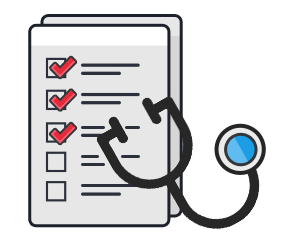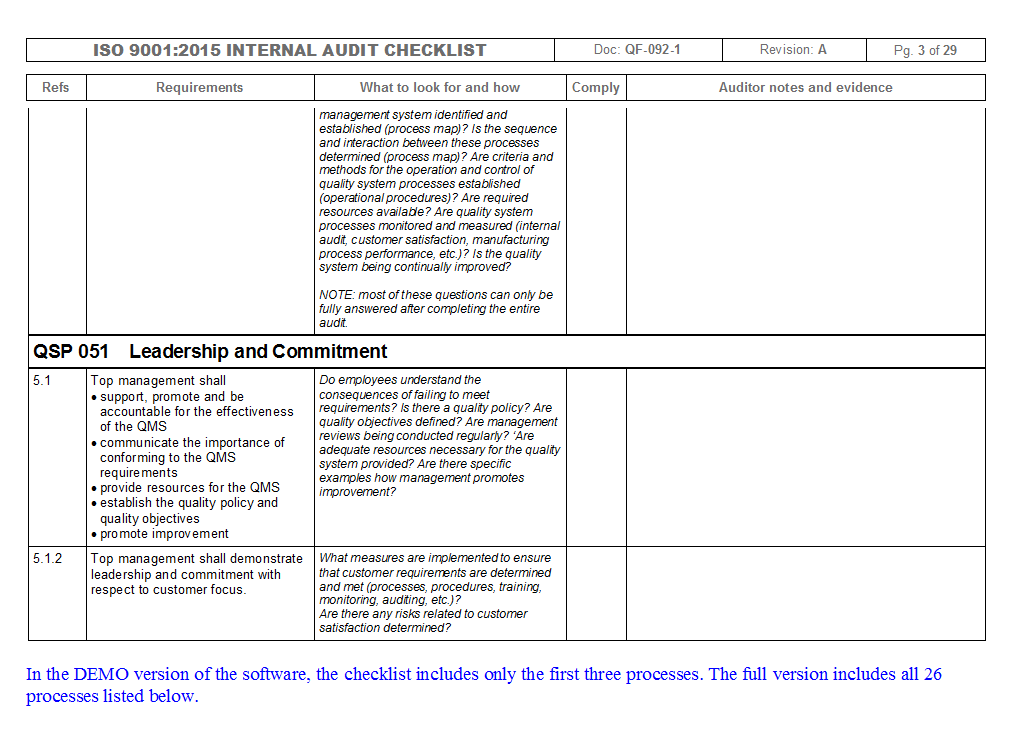Iso Audit Checklist For Training Department Structure

• • • • Planning for your first internal audit on your EMS (Environmental Management System) can be a daunting challenge, with the requirements of the standard and your own knowledge of your internal processes probably requiring checking, too. Add the large number of employees and departments involved and the fact that an accurate report of the audit will be needed, and it can be tricky to know where to start. Unfortunately, the ISO 14001 standard doesn’t provide a checklist for this function, but the good news is that you can make one yourself. Internal audit – Step by step. Firstly, it is impossible to have an effective checklist without aligning it to the requirements of the standard; therefore, you will need to consider the requirements of the standard, including the following: • Review of “documented information”: In the article we examined the requirements for documented information that are required to satisfy the standard. It is wise to make this review the first part of your audit checklist.
Checklist of Audit Questions for ISO Internal Audits. 500 days of summer in hindi. The standards emphasize the need for training and. HR departments that are preparing for an ISO. Learning and Development ( L&D ) initiatives and training activities are of particular. Senior management with proof of the opinion derived from the internal audit. Oda nobuna no yabou download. Framework and organizational governance structure, a review of past audits, and. And Staff Training Management Control Framework checklist is required.
• Making your: At the same time that you work through the 14001 standard to check on your document requirements, check the specific requirements that arise from that documentation. For example, if you have committed to reviewing your environmental aspects every six months, then part of your audit should be to ensure that this is being done, and the same applies to the other commitments you have made in your documented information. • Audit planning: It is wise to your internal audit, as you will need to visit many people and departments, so structure your checklist to try and give yourself the appropriate amount of time in each department. • Audit execution: This is the physical act of performing the audit, where the auditor moves amongst the employees and processes and checks the critical elements of the standards to determine whether your defined processes are being correctly adhered to. In most organizations of any size, you will surely omit critical parts if you do not have a checklist, and you should also plan for the fact that you need to record outcomes and take notes for the report.
• Audit reporting: You will need to write and retain a with your audit findings, and your audit checklist and notes taken will help you to do this. This will form the basis for identifying non-conformances and suggesting corrective actions to resolve them accordingly.

• Follow-up and closure of any non-conformities: Normally, it is sensible for the auditor himself to do the follow-up, where he/she will check that any corrective actions raised have been carried through and identified non-conformities eliminated. The checklist and notes are again vital in this part of the process. Adding value to your checklist and building your knowledge So, we can see that aligning the requirements you have committed to in your own policies and documented information is vital, as well as meeting the elements laid out in the ISO 14001 standard itself. Regarding the requirements of the standard itself, there is a lot of information to process, especially for those less experienced in the application of ISO standards. It can therefore be extremely advantageous to undergo some training to assist with this, such as this online training course. Also, it is important for the employees you interact with to understand that this is not an interview situation, and the questions in the checklist are designed to gain an overall picture of the employee’s interaction with the process. What to include in your checklist Your audit checklist should certainly contain the following columns, although obviously you can add to this to suit the needs of your own organization: • Reference: Either the ISO 14001 clause applicable to the part of the audit undertaken, or perhaps your internal document number or reference.